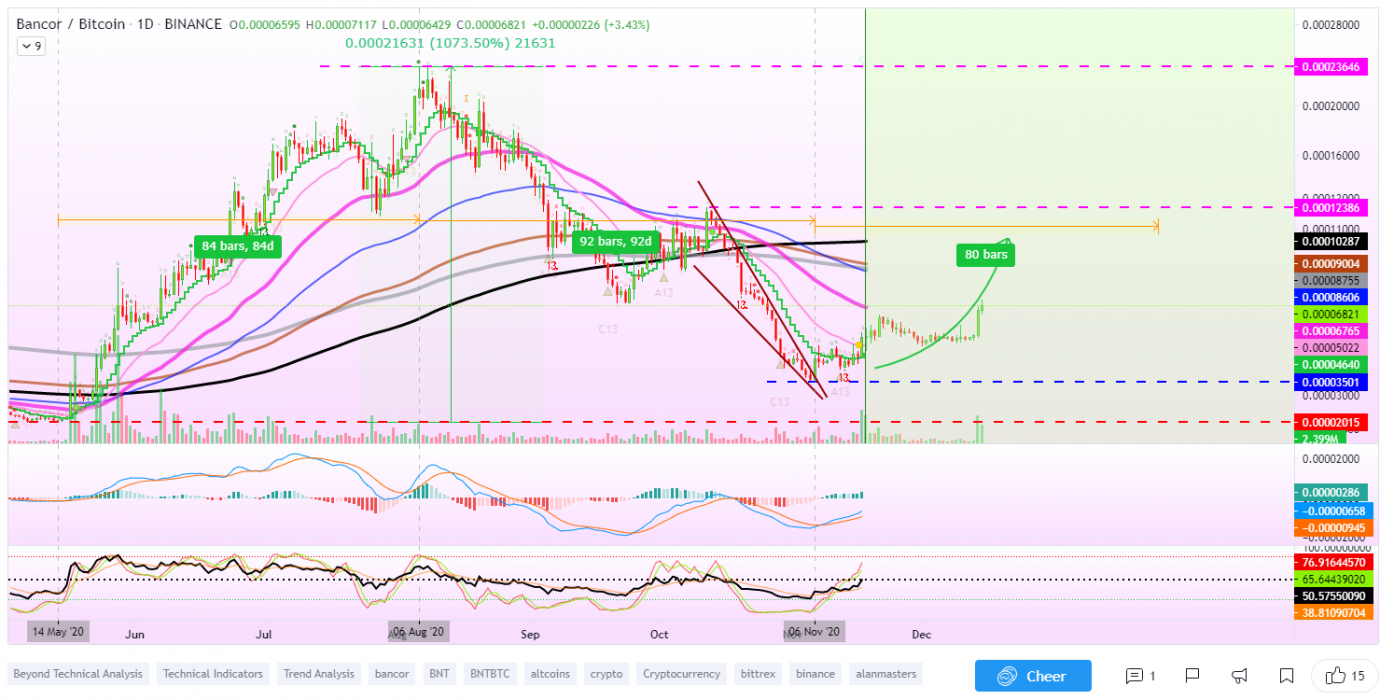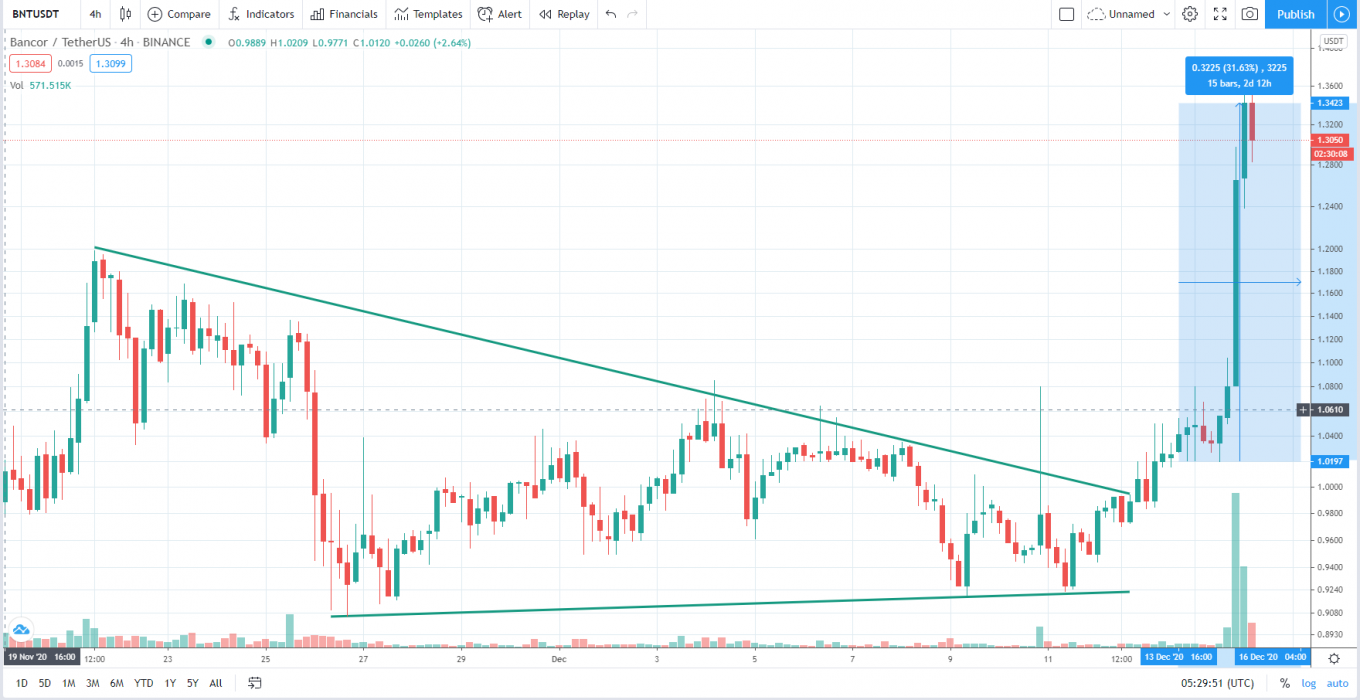DeFi pioneer protocol Bancor has paused its impermanent loss protection (ILP) function, citing “hostile market conditions”:
In a June 20 blog post, the Swiss-based DEX was quick to point out that the ILP pause is strictly a temporary measure to protect the protocol and its users: “[This] should give the protocol some room to breathe and recover. While we wait for markets to stabilise, we are working to get IL protection reactivated as soon as possible.”
What Is ‘Impermanent Loss’ and How Does It Work?
In DeFi, impermanent loss happens when a user provides liquidity to a liquidity pool and the ratio of deposited assets later changes, potentially leaving investors with more of the lower value token. The bigger the change, the more users are exposed to impermanent loss.
The problem, says Bancor, is that many DeFi projects seem to ignore the issue, which ultimately results in inaccurate APR (annual rate of return expressed as a percentage) numbers reported by some protocols.
Insurance by Any Other Name
Bancor’s impermanent loss protection (ILP) feature imposes a cost on a protocol, similar to the insurance cost incurred by an insurance company. This cost is offset in two ways:
- ILP is funded by Bancor’s protocol-owned liquidity – the protocol stakes its native token BNT in its pools and uses the earned fees to compensate users for any impermanent loss; and
- when earned trading fees are greater than the cost of impermanent loss on a given stake, the protocol is effectively burning excess BNT.
It seems not all investors approve of this modus operandi, however:
Elsewhere in the troubled world of DeFi this week, crypto lenders Babel Finance and Celsius have been forced to pause withdrawals and transfers due to what they respectively deemed “unusual liquidity pressures” and, echoing Bancor, “extreme market conditions”.





